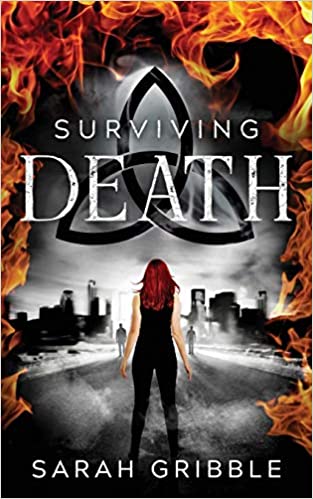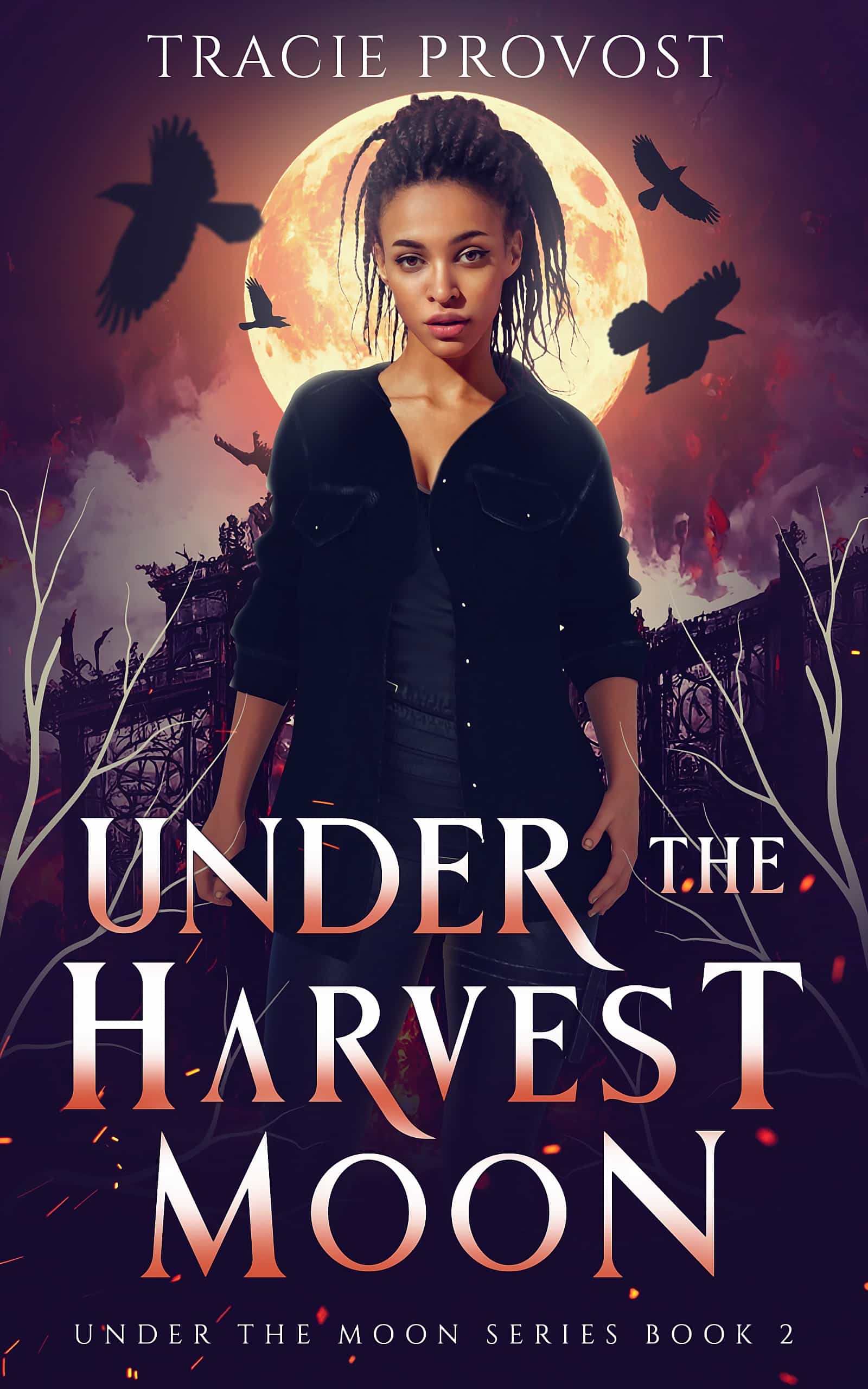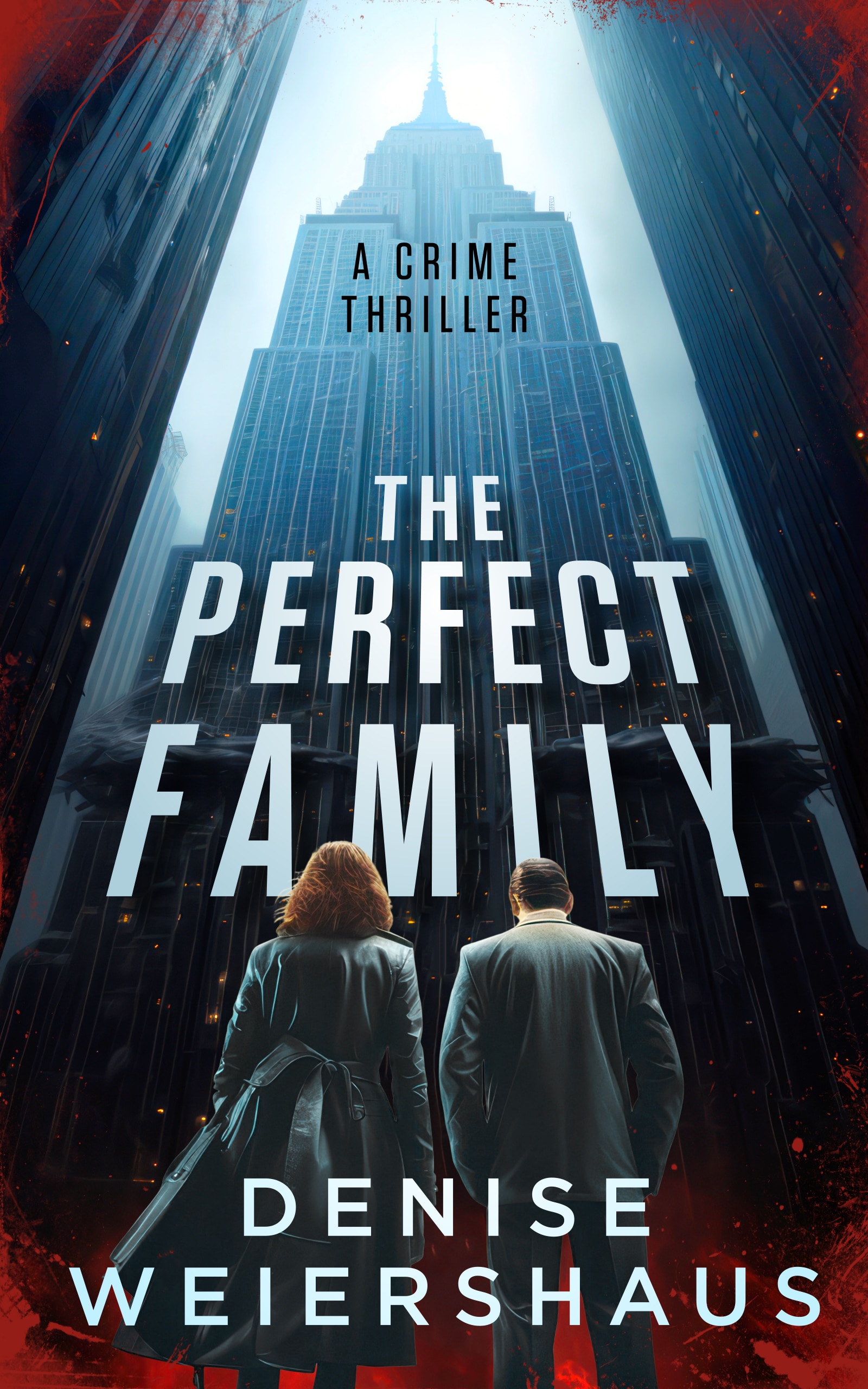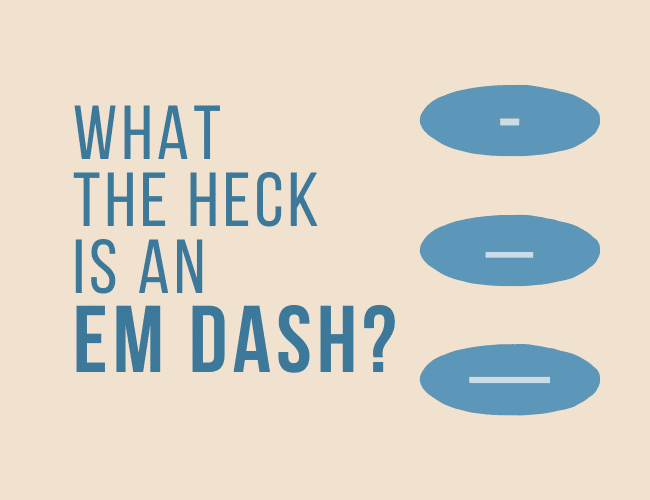
by Liz Bureman |
An em dash is a versatile punctuation mark that looks like an extended dash. It is used to break up a longer sentence, usually to insert a phrase into the middle or end of a sentence, to add modification phrases to a list, and sometimes to show a break in narration or conversation. Let’s look at when to use an em dash, and learn the keyboard shortcuts to make them!
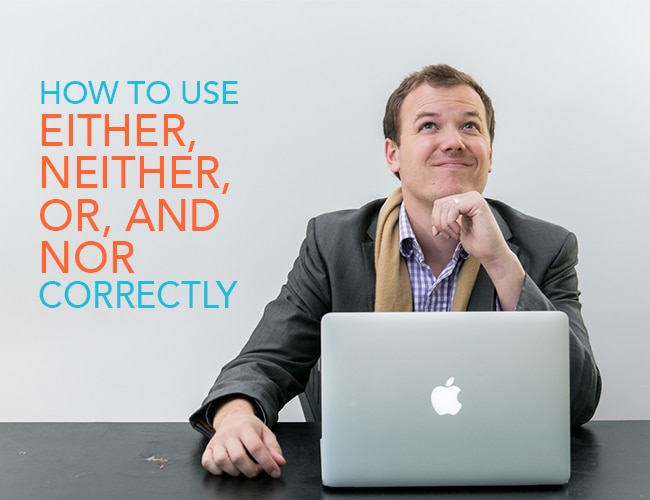
by Liz Bureman |
My mother seems to appreciate having a grammar lover in the family. For Christmas one year, she bought me the book I Judge You When You Use Poor Grammar. (By the way, it is equally correct to say “bad grammar.”) Last week, my mother emailed to ask if she was using the word “nor” correctly, which brings me to today’s post: the use of either, neither, and the connecting words that go with them.
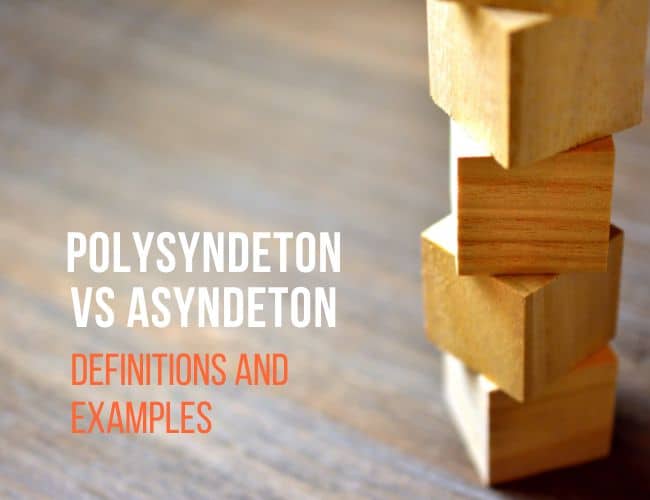
by Liz Bureman and Joe Bunting |
Today, we’ll look at the difference between polysyndeton vs asyndeton, share some examples, and explain how and when to use them both in your writing. Let’s get started!
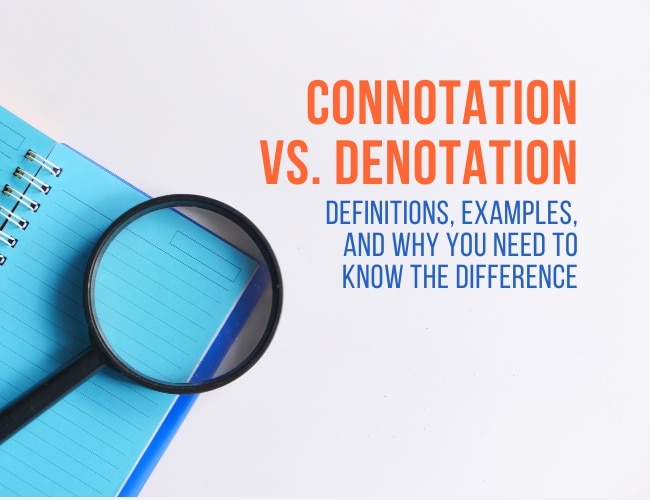
by Liz Bureman |
“The difference between the right word and the almost right word is the difference between lightning and a lightning bug.” —Mark Twain
One of the best parts about writing is the fact that you get to pick your words. And we have so many words to choose from! Literally tens of thousands of beautiful words flitting through space, just waiting for you to pinpoint exactly which one to use to describe your protagonist, setting, or climactic scene. However, despite the fact that you have seemingly unlimited options when it comes to word choice, the meaning that you’re trying to express may narrow your selection significantly.
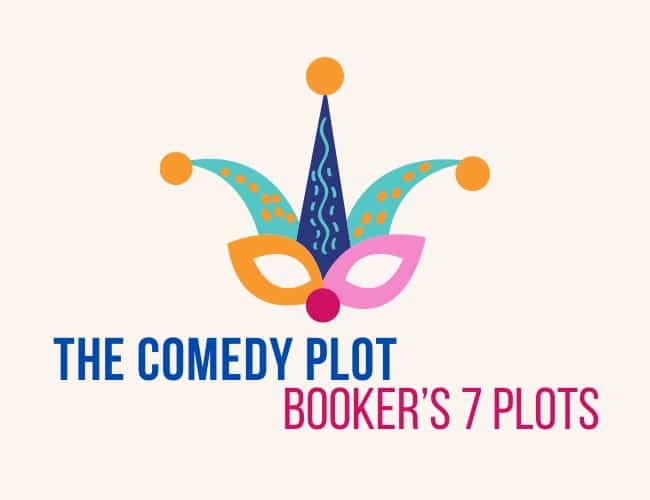
by Liz Bureman and Sue Weems |
Comedy, as a plot, refers to a specific narrative structure characterized by misunderstandings, mistaken identities, and humorous situations that lead to a resolution and a happy ending.
In the context of storytelling, a comedy plot often begins with a scenario that creates conflict or confusion, particularly between characters who are romantically interested in one another but are kept apart by various comedic obstacles. These obstacles—often fueled by folly, deception, or societal norms—culminate in a series of humorous events that ultimately resolve the conflict, allowing the characters to unite or find happiness.





